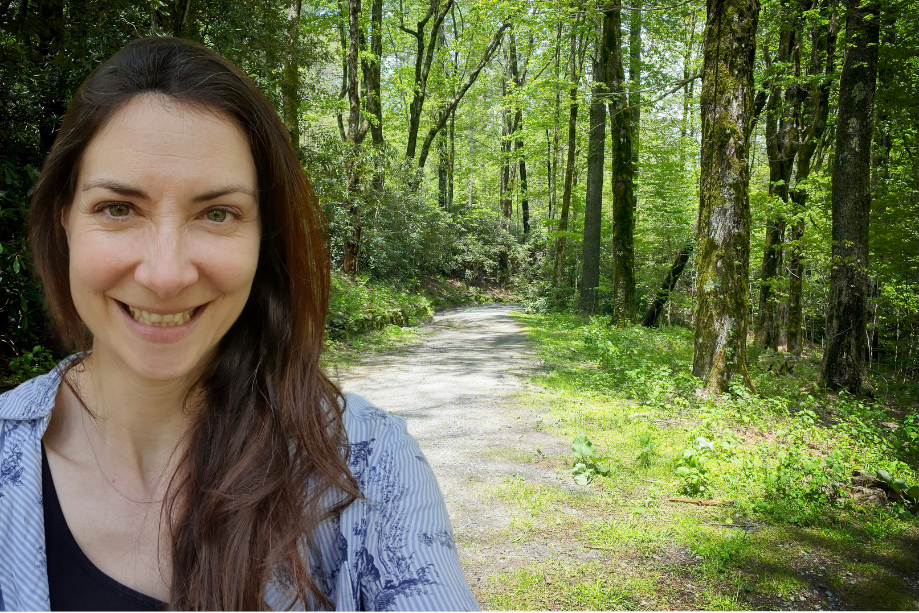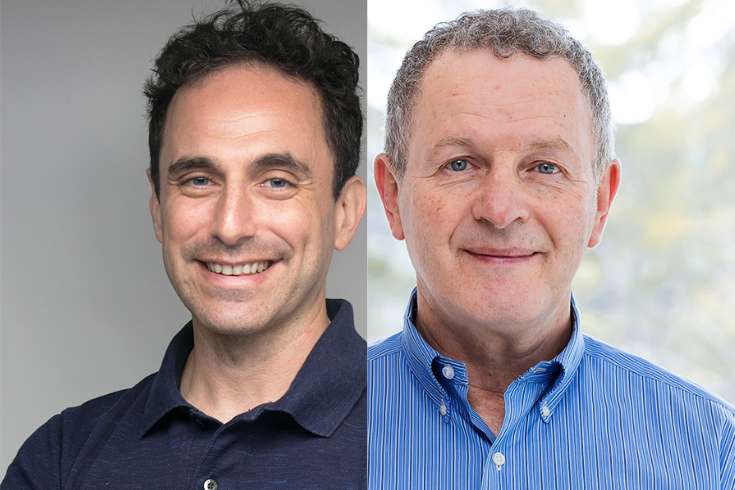Follow us for mindfulness inspiration
By topic

Building a mindfulness community – an antidote to burnout in the NHS?

Oxford Mindfulness Welcomes Princess Noor bint Asem of Jordan as an Ambassador

A new communications programme and app supports the Oxford Mindfulness mission

Mindfulness, Emotion and Social Behaviours – How Research-based Practices Can Transform Your Well-being

Unlocking the Potential of Mindfulness-Based Cognitive Therapy (MBCT) to Manage Neurological Conditions Like Visual Snow Syndrome by Sierra Domb

How the new science of sensation provides the key to doing things differently with Norman Farb and Zindel Segal

‘Meeting People Where They Are’ – Introducing Mindfulness (IM) for Beginners

Book Review – ‘Mindfulness-Based Therapy for Managing Fatigue: Supporting People with ME/CFS, Fibromyalgia and Long Covid’ by Fiona McKechnie

Training to Teach Mindfulness: What to Expect From our 12-Month Training Programme

Offering Mindfulness in the Workplace: Moving Towards Sustainability, Collaboration and Connection by Susan Keane

Expats need Mindfulness by Zeynep Ağacıkoğlu

Swimming Through Grief: My Mindfulness Journey and the Value of Informal Practice
Mindfulness. Straight to your inbox
Subscribe to our mailing list and get updates on mindfulness news, courses, events and more.